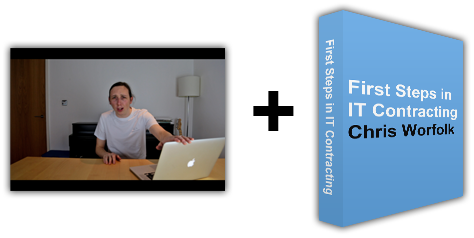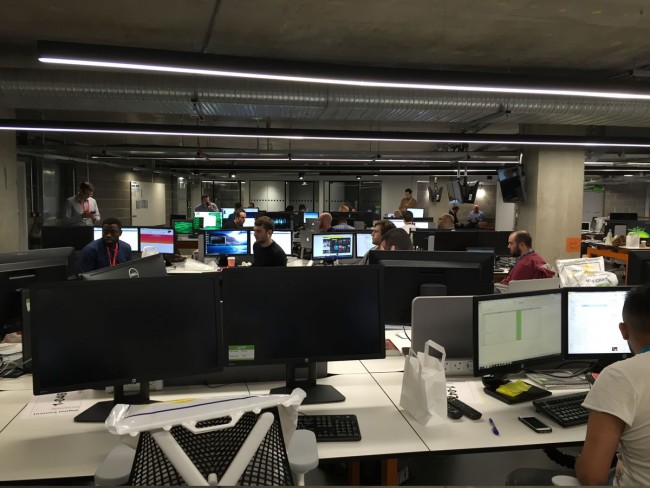The 4-Hour Workweek: Escape 9-5, Live Anywhere, and Join the New Rich is a book by Tim Ferriss. It it he lays out his history of how we reduced his commitments and built a living from outsourcing everything to free up his time to live a fulfilling live.
He starts by laying out his vision for how everyone can do it. I was skeptical given how much of a classic self-help scam it sounded like it. I was full of promises about how great my life would be and case studies of people transforming their lives. I stuck with it because if nothing else, it was interesting.
Having finished it, I’m now sold though. This is a great book.
Ferriss makes some key points. Nobody really wants to be rich. What you want is a rich person’s lifestyle. Therefore having loads of money may not be required. Secondly, once you accept this, the aim is not to make loads of money. You just need to make enough money to cover what you want to do. Therefore the aim is to cover your costs with the minimum amount of time, thereby freeing up the maximum time for living.
He suggests doing this in a number of ways. Remote working for example. If you can get a remote working agreement, you can work anywhere in the world that has an internet connection. This is most of the world these days. Once you are out of the office you can focus on being productive and probably do your work in half the time (avoiding the half where you spend answering emails, sitting in pointless meetings and procrastinating).
Muse products are even better. These are small online retail businesses. You import a product in a tiny niche and sell it on for a large markup. You don’t compete on price because you are not bothered about building a huge business, you just want a revenue stream. Then you outsource everything – manufacturing, distribution, customer services. It then runs with very little input.
Finally, he talks about outsourcing your personal life. Get a virtual assistant, either in the UK or a cheaper one in India. Have them do your boring and repetitive tasks such as filtering emails, managing your diary, doing background research, paying bills and a million other small tasks.
He recommends not reading the news. I agree, and wrote about this last summer. He also advocates speed reading, which probably isn’t a thing. He reminds you of great strategies like reversal trials: it makes everything more palatable even though it is hardly ever switched back.
Of course just being able to think of a high-mark-up product in a forgotten niche is no easy thing. It reminds me a lot of the draw an owl meme:
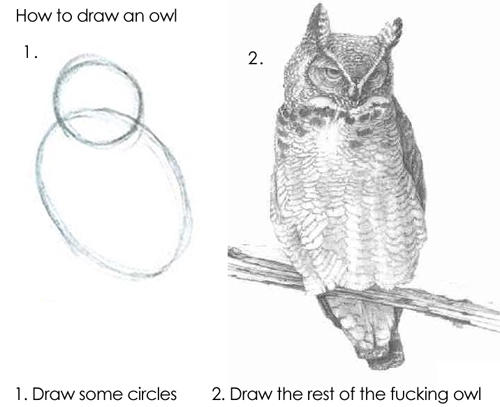
The step is essentially “find the magic product” and that is never going to be easy. However, what impressed me about the book was its comprehensive advice as to how to do everything else. Want to know how to find suppliers, test the market with advertising then outsource distribution? It’s all in the book.
Ferriss gives details of all the companies, services and websites he uses. A bold thing to do in a world that moves so fast as your book will be out-of-date quickly. There are no abstract details here, it is all about exactly how he did it and practical strategies to implement.
How much of the stuff in this book I will actually be able to implement remains to be seen. Ferriss is clearly an intelligent guy with business smarts, and so replicating his success is a tough challenge. However, I was impressed and inspired by the message that it is possible to escape the 9-5. It is not the hollow book you might expect.
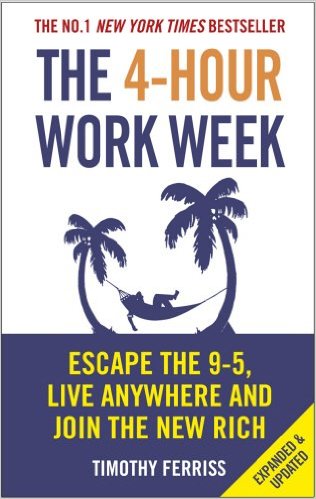


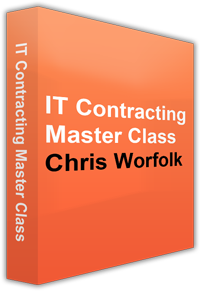 If you work in IT, and have considered making the leap from permanent employee to contractor, you are not alone. Many people want to make the transition because they want to…
If you work in IT, and have considered making the leap from permanent employee to contractor, you are not alone. Many people want to make the transition because they want to…